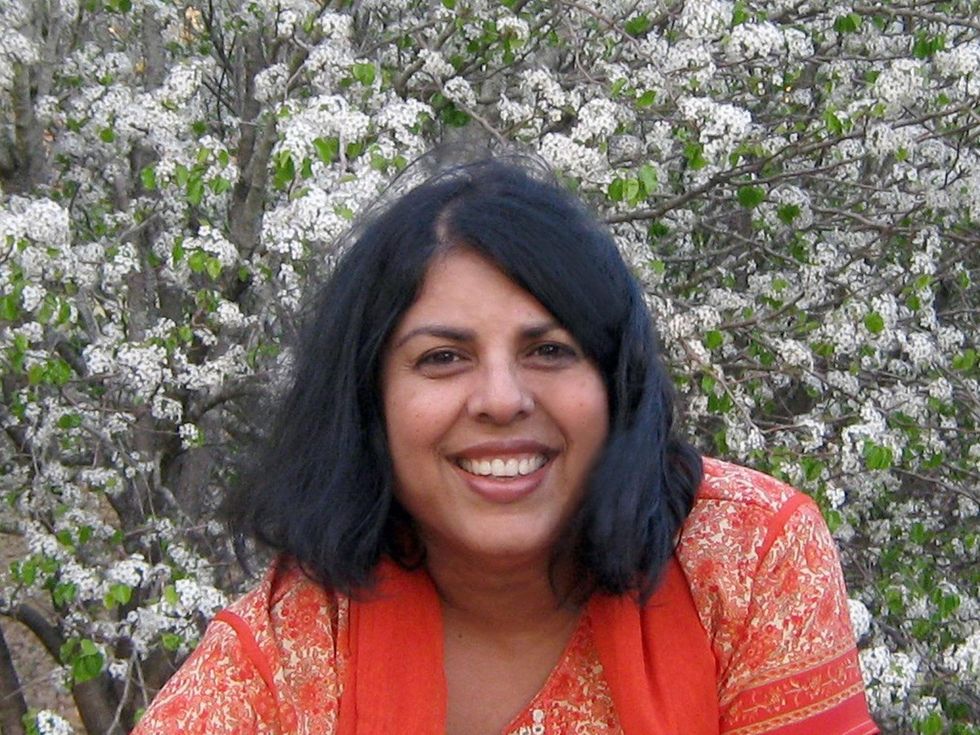classics return
Austinite Jacqueline Kelly writes sparkling sequel to 1908's The Wind in theWillows
Nov 21, 2012 | 3:00 pm
- Mole and Rat take to the river
- Mole
- Toad
That irascible anti-hero Toad is back once again, causing mischief and landing hot air balloons on church steeples in the latest rendition of the literary classic The Wind in the Willows.
Despite receiving no encouragement — even advice not to continue — Jacqueline Kelly felt compelled to write Return to the Willows (released October 30) after reading Kenneth Grahame’s 1908 original and subsequently living with its characters in her head for over 50 years.
“I still have the emails from those saying not to do it,” said New Zealand-native Kelly, who has made Austin her home since 1980. She attended the University of Texas School of Law in 1991 before deciding writing fiction was what would make her happy.
So far reactions to her daring move to write a sequel to the Scot’s classic — resurrecting Mole, Rat, Badger and Toad for further adventures — have been positive.
The New York Times said Kelly has “fashioned a witty adventure that is worthy of Grahame,” while the Wall Street Journal described it as a “sparkling sequel, an act of extended mimicry that allows us to enjoy new escapades with complex and memorable characters.”
These include some new faces, such as Toad’s young nephew Humphrey, who comes to stay at Toad Hall and has a passion for pyrotechnics (not a problem until his fireworks end up in his less-than-responsible uncle’s hands), as well as Matilda, a feisty female water rat who has “twinkling brown eyes, lustrous fur, neat ears, and a delicate muzzle” and catches the amorous eye of Rat (and who can blame him!).
Kelly broke with the tradition of Grahame’s all-male cast, as well as upped the narrative tempo of her story to better appeal to contemporary readers.
“I wanted to make it more adventurous as todays eight year olds have lots of distractions,” she explained.
But like Grahame’s original, Kelly’s book is aimed at readers of all ages. To help her, she teamed up with Texas-born illustrator Clint Young to recreate the River and the Wild Wood.
“A Texas boy doing illustrations just doesn’t sound right and proper,” Young said. He studied previous artworks by those such as E. H. Shephard, Inga Moore and Beatrix Potter to try and capture the essence of what they did so well in depicting animals behaving like humans.
Footnotes are scattered throughout the book to assist readers who haven’t read Grahame’s original or might not be familiar with the British vernacular Kelly uses (“gobstopper” is a jawbreaker, “biscuits” are cookies, and “his nibs” means someone who thinks he’s a gentleman).
But plenty of visitors to this year's Texas Book Festival remembered The Wind in the Willows and were thrilled to discover Kelly's sequel. Austin even used to have a book store called Toad Hall.
Attention on the book has so far been limited to within the U.S. but Kelly hopes it will eventually be well received in the U.K., where Grahame spent idyllic childhood summers by the river Thames in Berkshire which are believed to have inspired his best known creation.
Looking to the future, Kelly wants to visit the English city of Cambridge to see Trinity College — which features in her story when Toad becomes a professor — and perhaps gather some more inspiration herself.
“If I can come up with a way to have more time with the characters, I may well write more,” she said.





